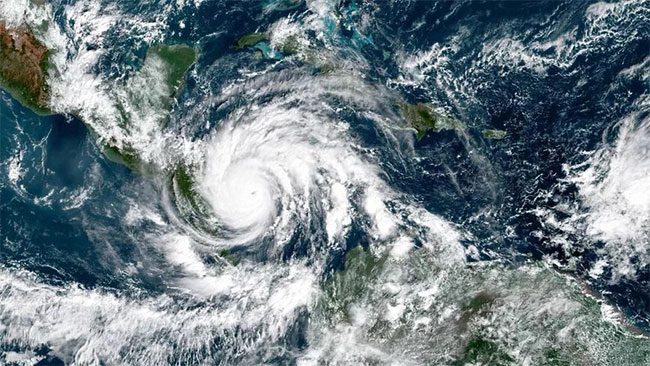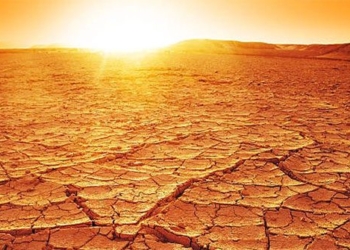Strong gusts of wind, torrential rain, power outages, and flooding – the Atlantic hurricane season in 2021 brought a series of dramatic and dangerous weather events.
The 2021 Atlantic Hurricane Season is predicted to be above average, indicating that the storms will be more intense.
What are the causes?
This year’s Atlantic hurricane season begins on June 1 and ends on November 30. In the Eastern Pacific, the hurricane season starts on May 15 and concludes on November 30. However, most of these storms make landfall during the peak hurricane season from August to October on both coasts.

Hurricane Iota, a strong storm of 2020.
Following the record-breaking hurricane season of 2020, this year is expected to pack a punch, with above-average activity forecasted (an average hurricane season brings about 14 named storms, including three major hurricanes and four weaker storms).
The National Oceanic and Atmospheric Administration (NOAA) indicates there is a 70% chance that this hurricane season will yield a total of 13 to 20 storms. Among those, 6 to 10 are predicted to reach hurricane status, with 5 of those strengthening into major hurricanes, meaning their winds will reach at least 170 km/h.
Explaining why storms may be more intense this year, Phil Klotzbach, an atmospheric scientist at Colorado State University, stated: “As the waters warm in the Atlantic, it leads to lower pressure. This means the atmosphere is more unstable, which is conducive to stronger storms. Thunderstorms, which are the building blocks of hurricanes, are likely to develop and perform better.”
To make their predictions, scientists analyze a range of factors, from wind speeds to sea surface temperatures.
On average, the world is witnessing stronger tropical cyclones (a term that includes storms with rapid rotation such as hurricanes and typhoons) more frequently than in previous decades.
Researchers have concluded that due to global warming, storms are not only becoming stronger but also occurring more often.




















































